
 Lighting
Lighting 
The lights are already on; it’s time to make them work in your favour. Through commercial LED lighting with rebates, businesses can transform an overhead cost into a source of savings, and even a competitive advantage.
Lighting is one of the most energy-intensive fixtures in commercial spaces, yet also one of the easiest to modernise. In many Victorian workplaces, warehouses, retail stores, or office spaces, you’ll still see outdated fluorescent tubes or metal halides humming away overhead. These lights are often dismissed as “background expenses,” but the truth is, they quietly siphon thousands of dollars every year from business bottom lines.
In this blog, we’ll see how commercial lighting upgrades work under the 2025 VEU rules, the immediate and long-term financial rewards, and why acting now can cement your business advantage well before rebate values decline.
Commercial LED Lighting Rebates in Victoria
At the core of Victoria’s transition to energy efficiency is the Victorian Energy Upgrades program, the state’s flagship policy to cut emissions and help businesses access energy-efficient lighting at reduced cost. Here’s how it works:
- Step 1: A business upgrades from existing lights (fluorescent, halogen, or metal halide).
- Step 2: A trusted provider installs approved LED lighting solutions.
- Step 3: The upgrade generates Victorian Energy Efficiency Certificates (VEECs).
- Step 4: VEECs are sold in the market, and the value is passed on as an upfront government rebate or discount.
What Changed in 2025?
The 2025 program rules introduced a few refinements:
- Indoor eligibility: Now strictly limited to fluorescent replacements only.
- Reduced subsidies: Fluorescent Tube replacement rebates have dropped as baselines tighten.
- Record-keeping: Tougher documentation rules came into effect from September 2025.
- Designer qualifications: Mandatory from late 2025, following compliance failures in earlier years.
These updates reflect Victoria’s push for accountability and higher-quality installations, so that businesses benefit from genuine energy-efficient LED upgrades and not temporary fixes.
Direct Financial Relief
The most obvious benefit is cost. Rebates make energy-efficient transitions financially accessible. For commercial lighting, this translates into significant upfront cost relief.
In 2025, co-payment and pricing transparency rules were introduced to ensure businesses aren’t overcharged or misled about the rebate. By using lighting rebates strategically, businesses can convert what might appear as a capital expense into a low-risk, high-ROI investment.
Energy Savings
It’s not just the rebates that sweeten the deal upfront. The perks of LED lighting upgrades also lie in long-term energy savings.
- A small business swapping out 20–30 tubes might save AU$500 per year.
- A large warehouse or logistics facility can cut bills by tens of thousands annually.
- Savings compound over the 5–10 year lifespan of LED fittings, creating a multiplier effect.
LEDs cut maintenance costs, too. With lifespans of 30,000–50,000 hours, businesses avoid constant re-lamping, labour expenses, and downtime. Over the years, this reduction in maintenance costs adds up to a formidable secondary dividend. In practical terms, installing energy-efficient lighting means fewer interruptions, fewer ladder climbs, and more uninterrupted productivity.
Brand Perception and Customer Experience
Lighting can affect how customers perceive a space. Imagine two supermarkets: one with outdated fluorescent lights that flicker, and another lit with energy-efficient LEDs that make produce look fresh and inviting.
Customers subconsciously perceive the latter as cleaner, more modern, and more trustworthy. This perception translates into longer dwell times, higher basket values, and stronger brand loyalty. Through rebates, you are creating a superior customer environment at subsidised rates.
Environmental and Carbon Advantages
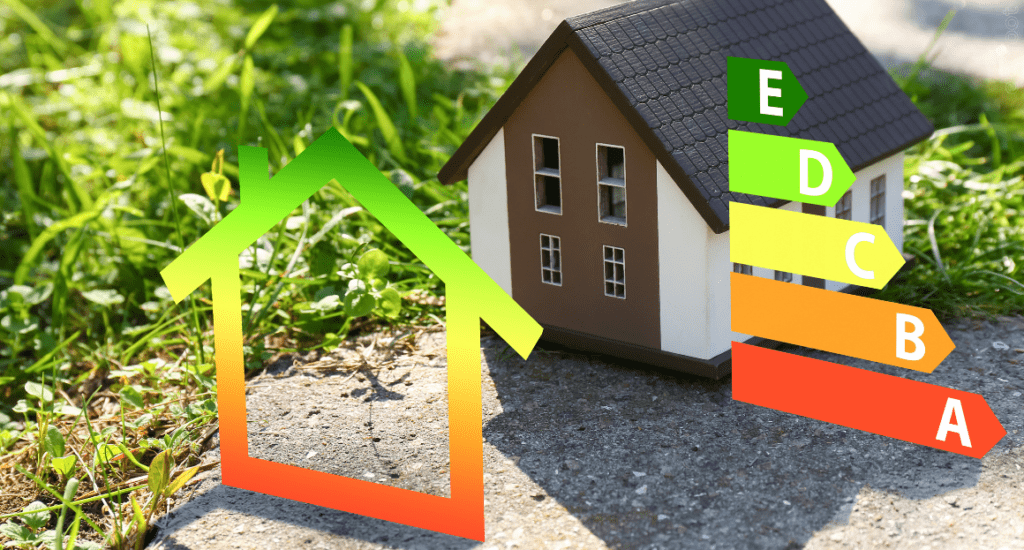
Upgrading to commercial lights under the VEU scheme saves money and cuts greenhouse gas emissions. Each LED light replacement reduces emissions as it consumes less energy. This leads to:
- Corporate ESG reporting: Businesses can demonstrate quantifiable emission reductions. Commercial energy upgrades, such as switching to LED lighting or high-efficiency HVAC systems, give businesses measurable reductions in kilowatt-hours consumed and tonnes of CO₂ avoided. These figures can be directly included in ESG disclosures, strengthening credibility. For instance, a company that decommissions 1,000 outdated halogen fittings and installs LEDs can calculate its annual carbon abatement in precise metrics. That means less reliance on estimates and more on hard evidence, which auditors and investors value.
- Customer expectations: Eco-conscious clients increasingly prefer suppliers with verifiable sustainability actions. The modern customer don’t just want cheaper products; they want reassurance that their purchases align with their values. Upgrades backed by Energy Savings Victoria or the Victorian Energy Upgrades (VEU) program allow companies to showcase proof-based sustainability.
Instead of vague promises like “we’re going green,” businesses can state: “We reduced lighting energy use by 65%” or “Our new HVAC system has cut emissions by 40 tonnes annually”. This clarity feeds directly into marketing campaigns, tender documents, and product labelling. For customers, it signals authentic commitment rather than greenwash. And in industries such as hospitality, retail, and education where reputation is currency, being able to substantiate eco-claims builds stronger loyalty.
- Investor priorities: Transparency in energy and carbon performance is now a criterion for many institutional investors. Capital markets are increasingly carbon-conscious. Large investors and superannuation funds evaluate businesses not just on profitability but also on climate resilience. In fact, many institutional investors now screen portfolios for exposure to energy-inefficient assets.
By leveraging rebate-driven upgrades, a Victorian business can demonstrate reduced operating costs, lower risk exposure to future carbon taxes, and stronger energy independence. These are traits investors equate with long-term viability.
Moreover, each VEEC represents a certified reduction in greenhouse gas emissions, binding businesses to Victoria’s broader decarbonisation agenda. For companies chasing Net Zero commitments, energy-efficient lighting is one of the fastest wins.
Compliance Benefits
Rebates are only advantageous when accessed through the right accredited providers. In 2024, unqualified designers caused 22,792 VEECs (worth AU$2.2M) to be refused.
Businesses risk losing rebates, facing audit penalties, and jeopardising eligibility for future government incentive programs.
By choosing a trusted provider like us, businesses guarantee:
- Proper documentation under the Victorian energy efficiency scheme.
- Reduced audit risks.
- Stronger positioning for future government tenders that require sustainability compliance.
Competitive Advantage
Money saved on power bills is one thing, but commercial lighting upgrades create value beyond cost reduction:
- Eco branding: Showcase upgrades in ESG reports, sustainability disclosures, or marketing campaigns.
- Workplace Safety: Better-quality light improves staff productivity, morale, and safety.
- Customer perception: Eco-friendly operations improve brand equity.
- Cashflow relief: Energy savings free up capital for reinvestment into growth, technology, or workforce training.
In competitive markets, being seen as efficient, innovative, and environmentally responsible is a differentiator.
Upgrade Now
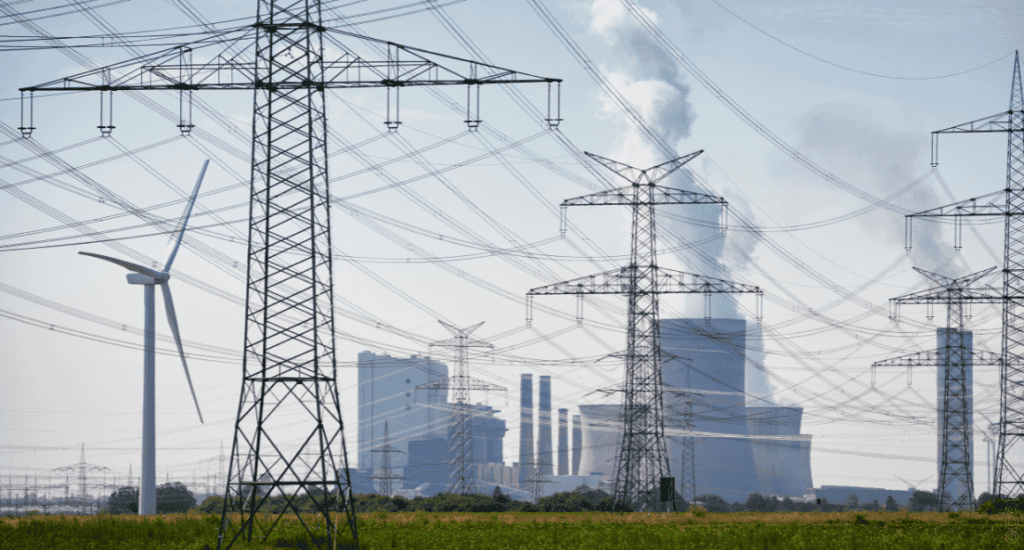
Time is not neutral in the rebate world. As VEEC targets decline from 7.3 million in 2025 to 4.4 million in 2026/27, rebate values are falling.
Delaying upgrades has three costs:
- Smaller rebates will be used as baselines as they are phased out.
- Higher certificate prices that reduce subsidy values.
- Rising energy costs make inefficiency more expensive by the day.
In short, the longer businesses wait, the weaker their financial advantage. 2025 offers a sweet spot where government rebates are still substantial and energy savings are immediate.
Conclusion
In an era where energy savings are business-critical, commercial LED lighting with rebates offers an unmatched trifecta: upfront discounts, enduring cost reductions, and sustainability credibility. This also makes partnering with the right provider critical.
At Eco Foot, we’re a trusted provider with years of experience in supplying and installing government-approved customised lighting solutions for Victorian businesses. We help you secure the best rebate, reduce energy consumption, and step confidently into a more sustainable, profitable future. Contact us for a free site assessment and save through LED lighting upgrades.
FAQs
How many commercial office buildings have LED lighting in Australia?
How many commercial office buildings have LED lighting in Melbourne?
Is upgrading commercial LED lighting compulsory?
Where to buy commercial LED panel lights in bulk?
Other Related Blog
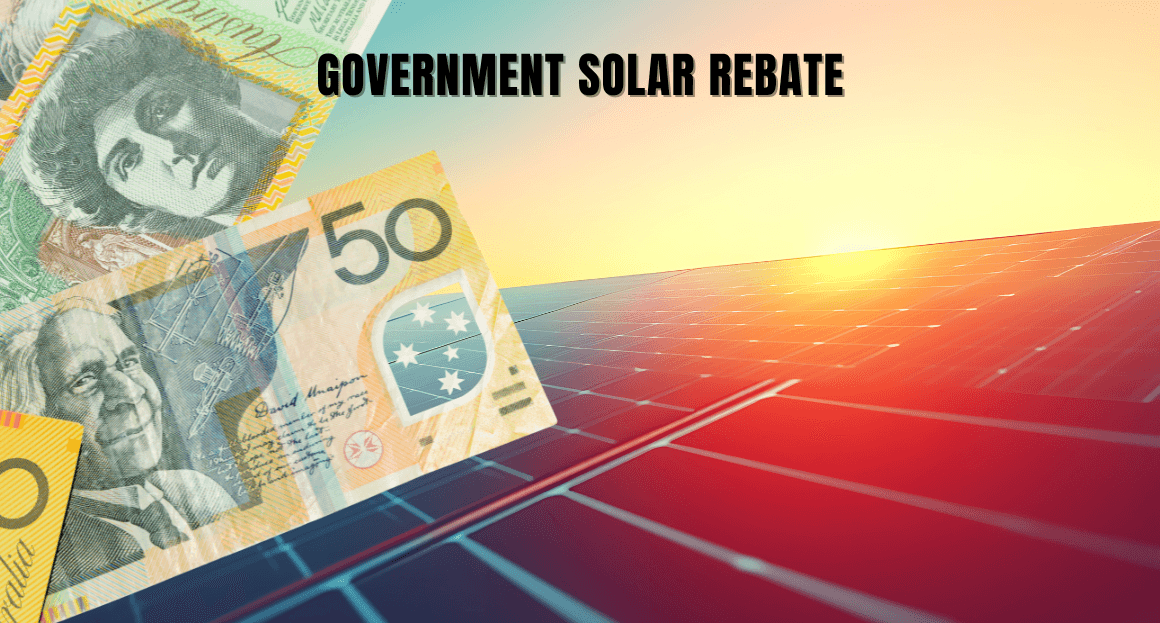
 Solar
Solar Every week, we talk to homeowners and small business owners across Victoria who say the exact same thing: “It’s too expensive right now.” “We rent; our
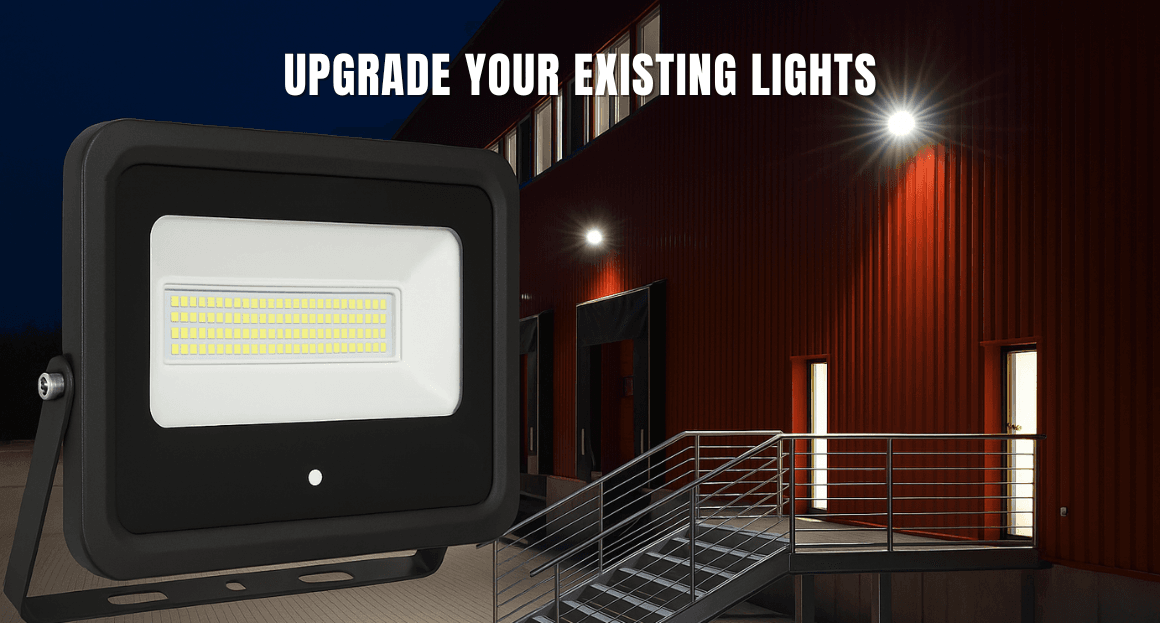
 Lighting
Lighting The lights stay on, work continues, customers still walk through your doors, but behind the scenes, your electricity bill climbs year by year, your carbon footp

 Lighting
Lighting When it comes to upgrading your commercial lighting, finding a reliable and professional partner makes all the difference. At Eco Foot, we specialise in commerc
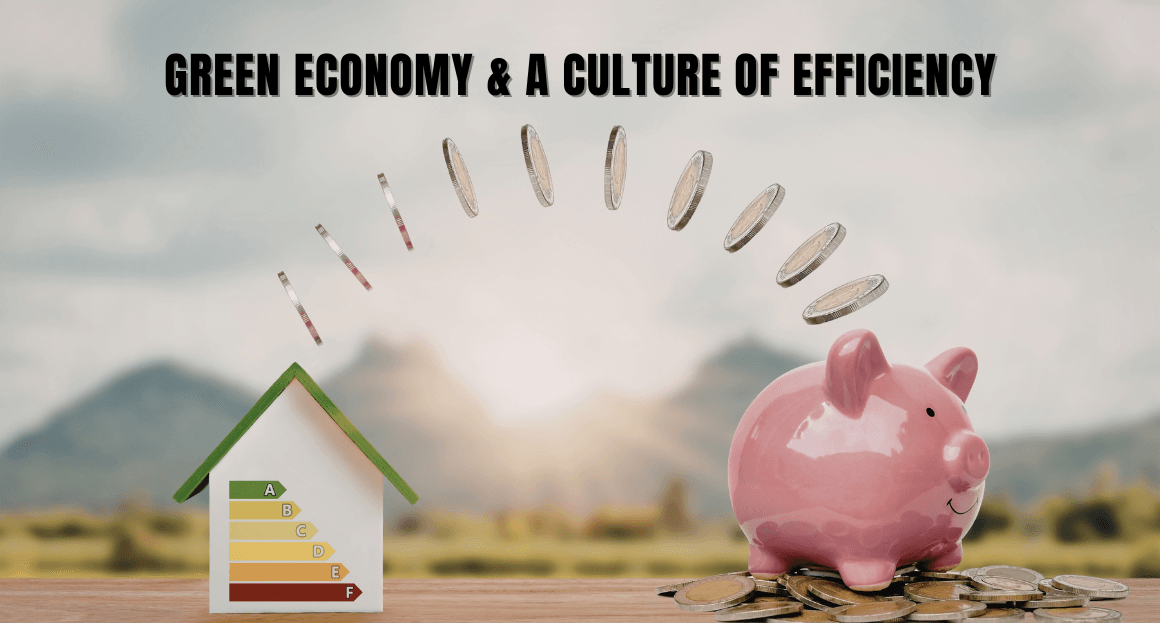
 Lighting
Lighting Go Greener at Work! Start with the lights — the simplest step toward cutting costs and carbon. For businesses in Victoria, an LED lighting upgrade offers a cl
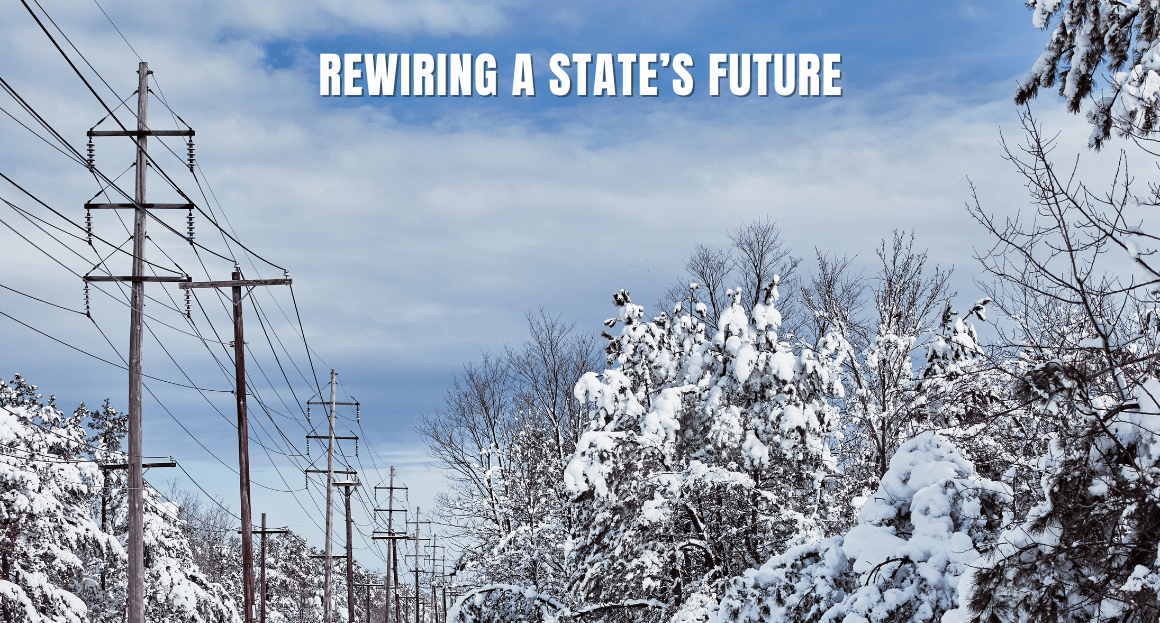
 VEU Updates
VEU Updates What can you do for Victoria? Simple: Upgrade old, inefficient systems in your home and business So what’s in it for you? Generous rebates that make
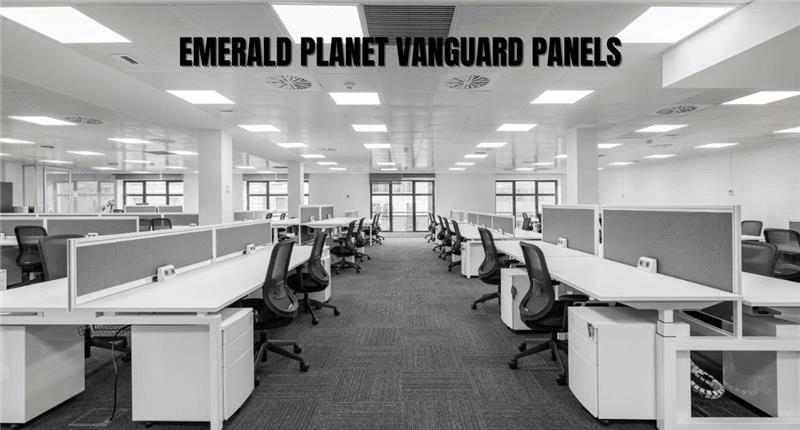
 Air Cons
Air Cons What if lighting didn’t just save you money… but actually earned it back for you? Welcome to the world of commercial LED lighting with rebates, and in parti



